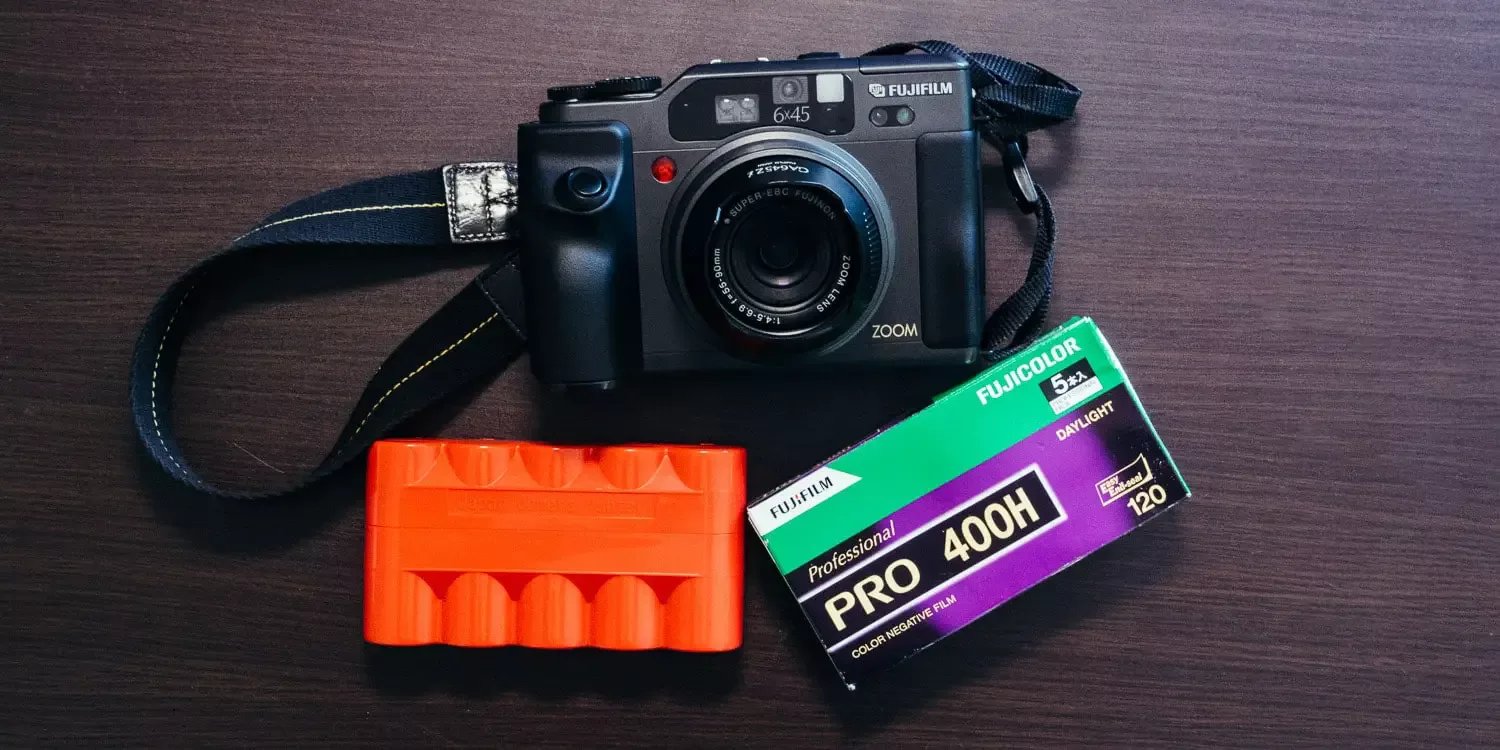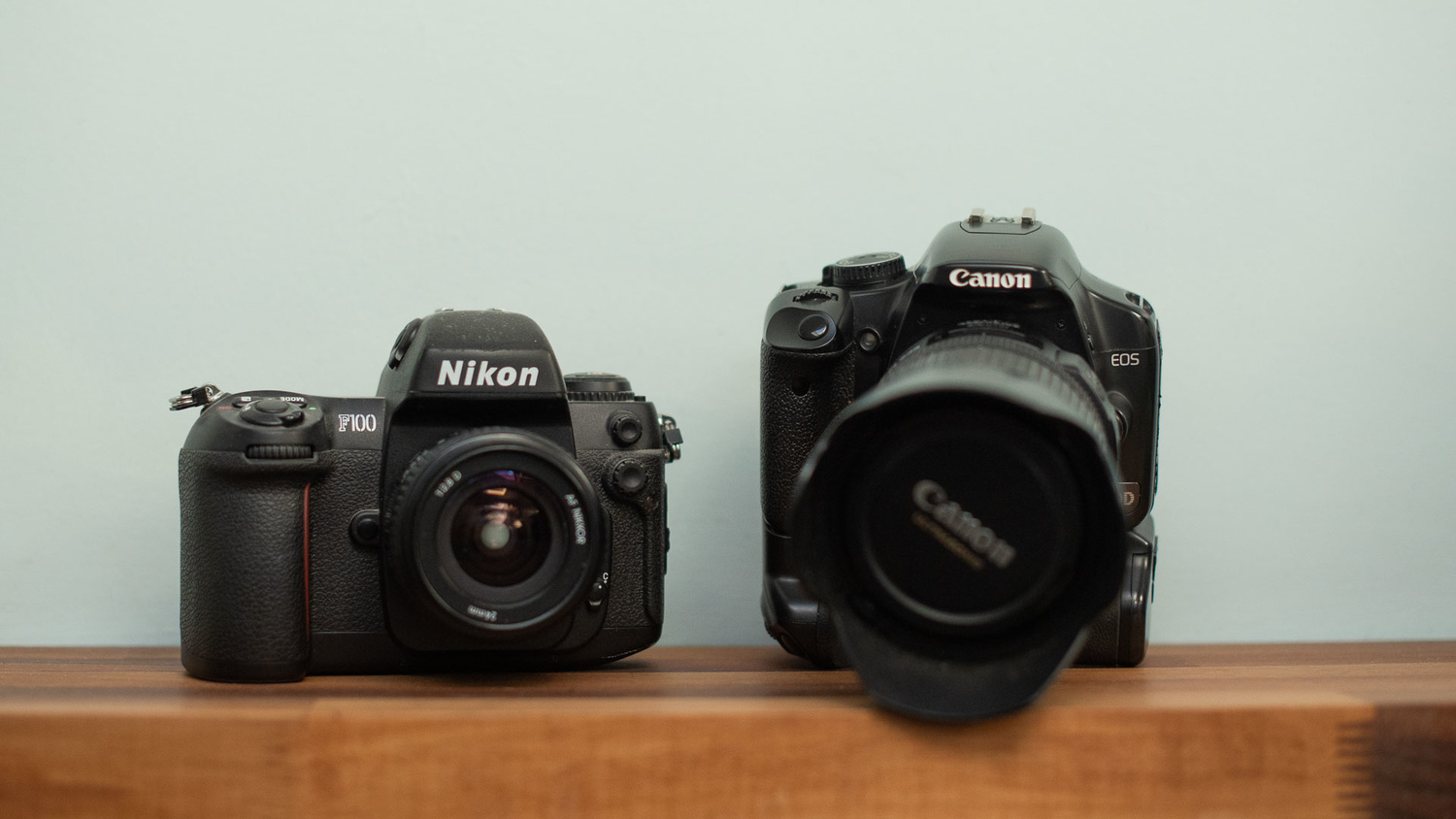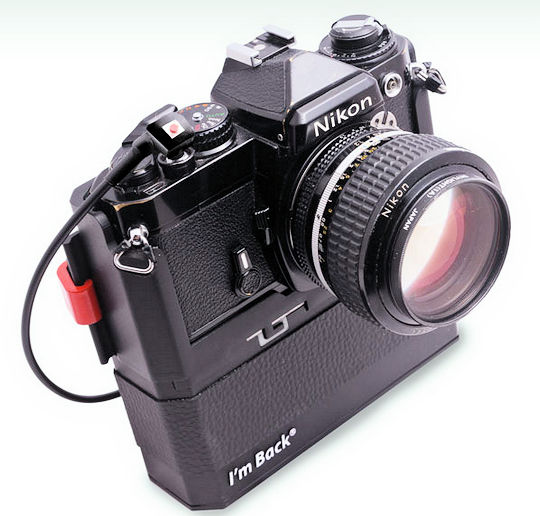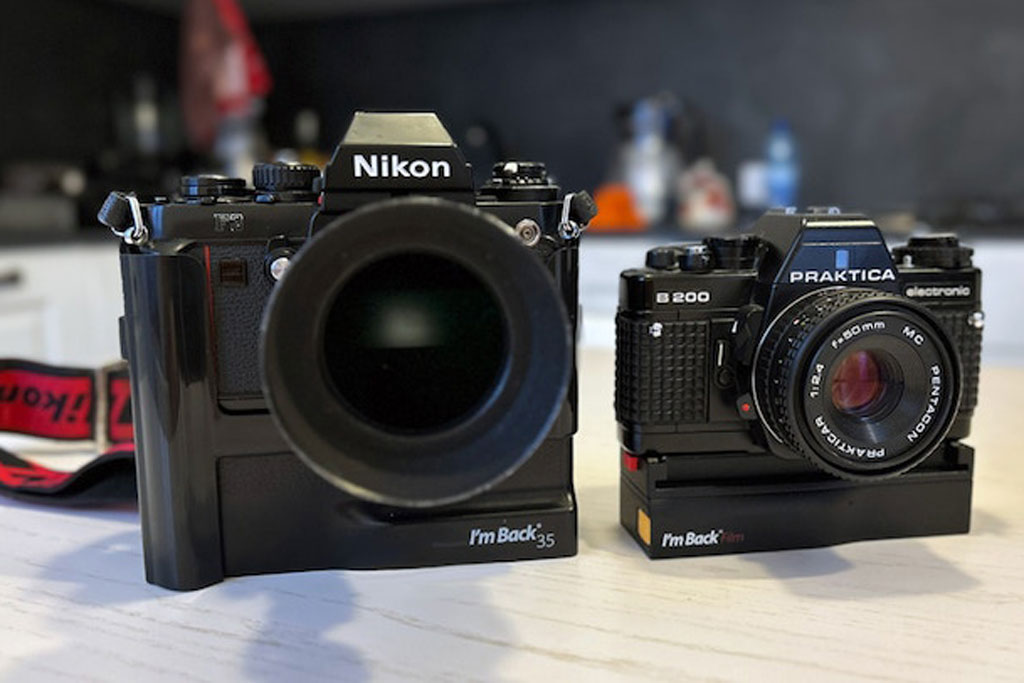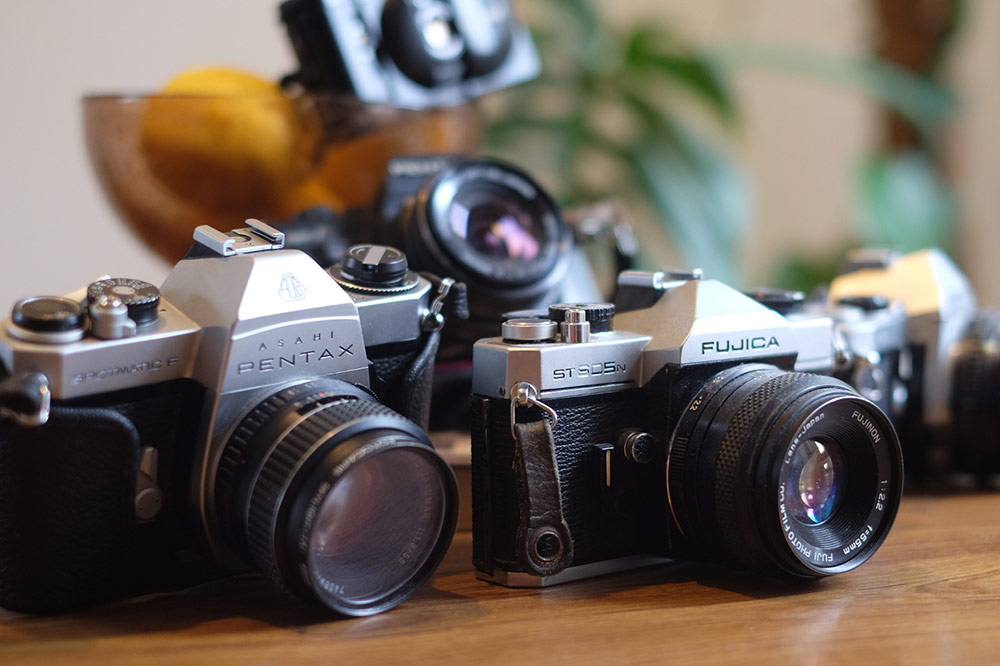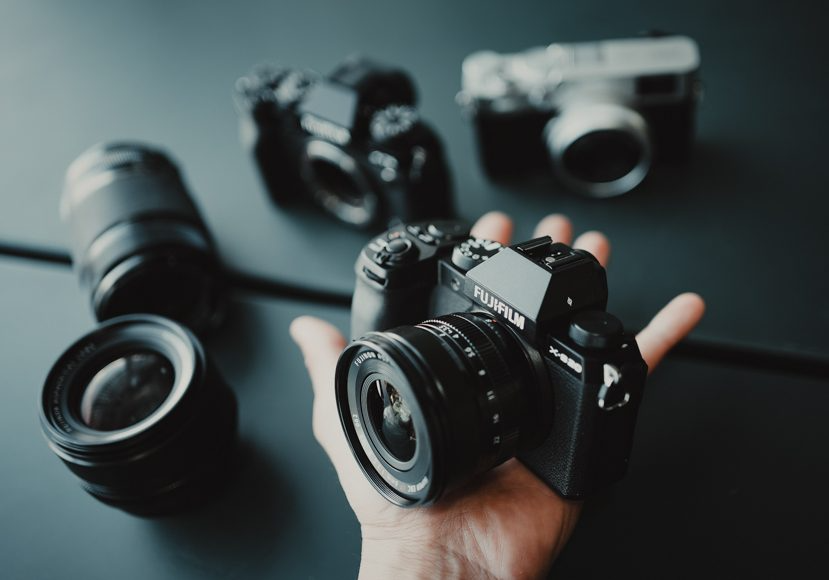The debate between digital and film cameras has been a topic of discussion among photographers for years. Each medium offers a distinct approach to photography, with its own set of advantages and challenges. This comprehensive exploration delves into the intricacies of both digital and film cameras, helping you understand the key differences and determine which might be the best fit for your photographic journey.
The Evolution of Photography: From Film to Digital
Photography has undergone a significant evolution since its inception. The transition from film to digital photography marks one of the most substantial shifts in the medium’s history. Film cameras, which use light-sensitive photographic film to capture images, were the standard for over a century. Digital cameras, which capture images electronically on a sensor, have largely taken over the market since the late 20th century, offering a new paradigm for photographers.
The Mechanics of Film Cameras
Film cameras operate by exposing a strip of light-reactive chemicals on celluloid film to light. When the shutter button is pressed, the camera’s shutter opens for a predetermined amount of time, allowing light to imprint an image onto the film. This film then requires processing in a darkroom or photo lab to develop the negatives into viewable photographs.
The Digital Camera Revolution
Digital cameras capture light through a digital sensor, usually either a charge-coupled device (CCD) or a complementary metal-oxide-semiconductor (CMOS). These sensors convert light into electronic signals, creating a digital image that can be viewed instantly on the camera’s display, transferred to a computer, or printed.
Image Quality and Resolution: Comparing Outputs
The quality and resolution of images produced by film and digital cameras are often at the heart of the debate between the two.
The Aesthetic of Film
Film is revered for its aesthetic qualities, including its grain, dynamic range, and color rendition. Medium format and large format film cameras can capture high levels of detail with a resolution that can surpass even the best digital cameras, though this requires larger negatives and more complex equipment.
Digital Clarity and Precision
Modern digital cameras offer incredibly high resolutions, with professional cameras reaching tens of megapixels. This creates images of stunning clarity and detail, which can be essential for large prints or commercial work where precision is paramount.
The Practicalities of Use: Convenience and Control
When it comes to the practical aspects of using film versus digital cameras, each presents unique advantages.
The Tangible Experience of Film
Shooting with film requires a disciplined approach, as photographers must often wait to see their results until the film is developed. This can foster a more deliberate and thoughtful style of photography and a deep appreciation for the physical medium.
The Instant Gratification of Digital
Digital cameras offer the convenience of immediate feedback through their LCD screens. This allows photographers to review and adjust their approach on the fly, a particularly useful feature in fast-paced environments or when learning the craft.
Workflow and Editing: From Development to Post-Processing
The journey from capturing an image to producing a final print or digital file differs significantly between film and digital.
Film Processing and The Darkroom
Developing film is a manual process that can be both time-consuming and rewarding. It involves chemical baths and precise timing, followed by either enlargements onto photographic paper or scanning negatives for digital use. This process can be seen as an art in itself, offering a hands-on connection to the final image.
Digital Workflow and Software
Digital photography’s workflow is centered around computer software. Programs like Adobe Lightroom and Photoshop allow for extensive manipulation of digital files, from basic adjustments like exposure and color balance to elaborate retouching and composites.
The Cost Implications: Initial Investment and Ongoing Expenses
Cost is a significant factor when choosing between a film or digital camera system.
The Long-Term Investment of Film Cameras
While film cameras can often be purchased for less than digital ones, the costs of film rolls, developing, and printing can add up over time. For those who shoot frequently, these ongoing expenses can be substantial.
Digital Cameras: Upfront Costs and Storage
Digital cameras generally require a higher initial investment, particularly for high-end models. However, aside from the occasional need for extra memory cards or hard drives, there are no recurring costs for shooting large volumes of images.
Environmental Considerations: Sustainability and Waste
The environmental impact of photography is another aspect to consider in the digital versus film debate.
The Chemical Footprint of Film Photography
Film photography involves the use of chemicals for developing and fixing images, which can be harmful to the environment if not disposed of correctly. Additionally, the physical production and disposal of film contribute to material waste.
The Electronic Waste of Digital Photography
Digital photography’s environmental impact lies mostly in electronic waste and the energy required to power and manufacture digital cameras and accessories. When digital devices are not recycled properly, they can contribute to the accumulation of harmful e-waste.
Artistic Expression and Learning: The Creative Aspects
Each medium offers different opportunities for creative expression and learning.
The Artistic Merit of Film
Many artists and photographers prize film for its unique qualities and the sense of nostalgia it can evoke. The process of shooting with film can also teach valuable lessons in exposure, composition, and patience.
The Flexibility of Digital
Digital cameras offer the ability to experiment without the cost associated with film. The immediate feedback loop can accelerate learning and provide a wide range of creative options in post-processing.
The Verdict: Choosing Your Photographic Companion
The choice between digital and film cameras ultimately depends on your personal preferences, goals, and values as a photographer. Film may appeal to those who cherish the traditional process and its unique aesthetic, while digital cameras offer modern convenience, immediate results, and a different kind of creative control.
Many photographers find value in both mediums, choosing to shoot with film for personal projects or specific looks and turning to digital for its versatility and practicality in professional work. Whether you gravitate towards the rich history and timeless quality of film or the technological advancements and flexibility of digital, both paths offer rewarding experiences that can enrich your photographic practice.
